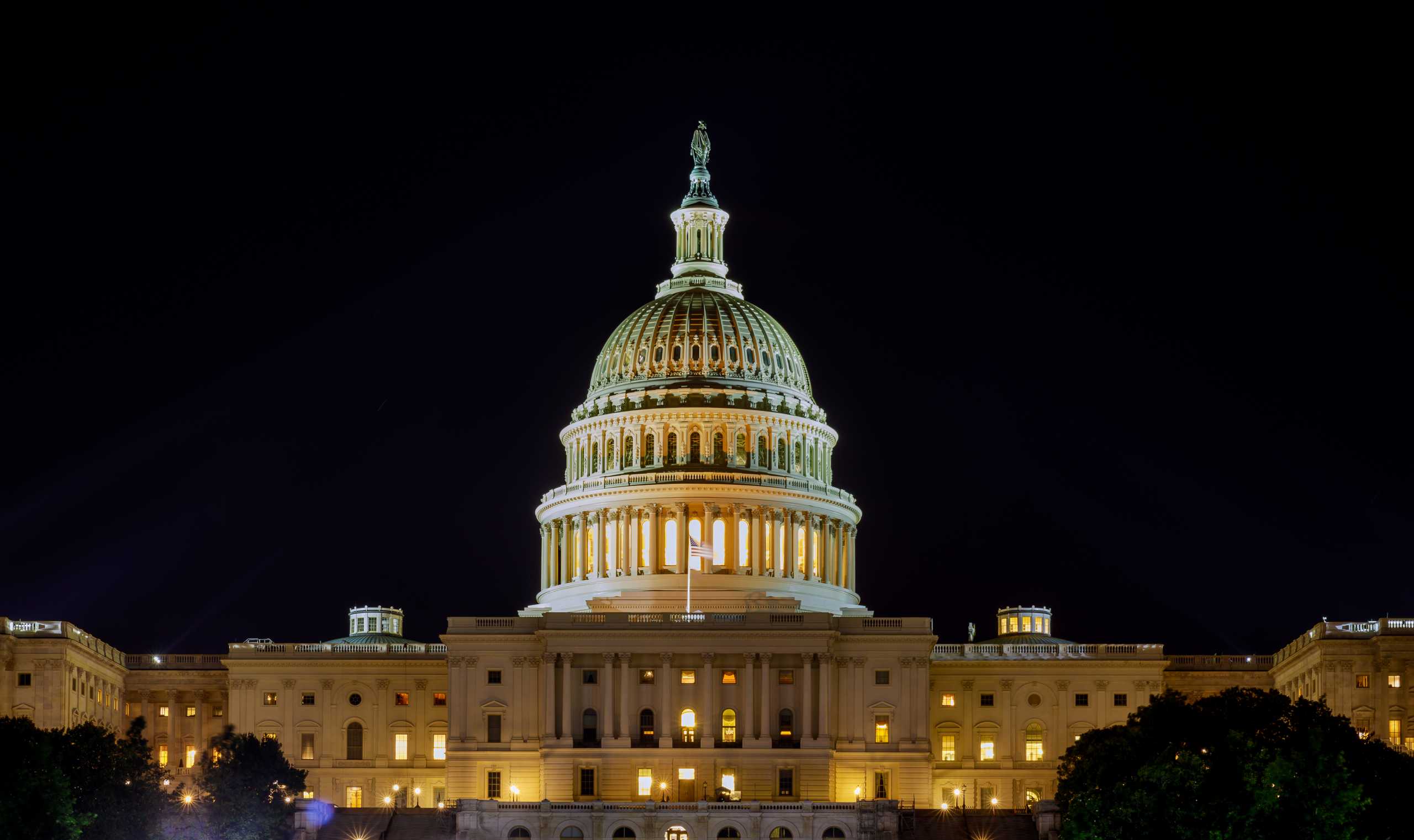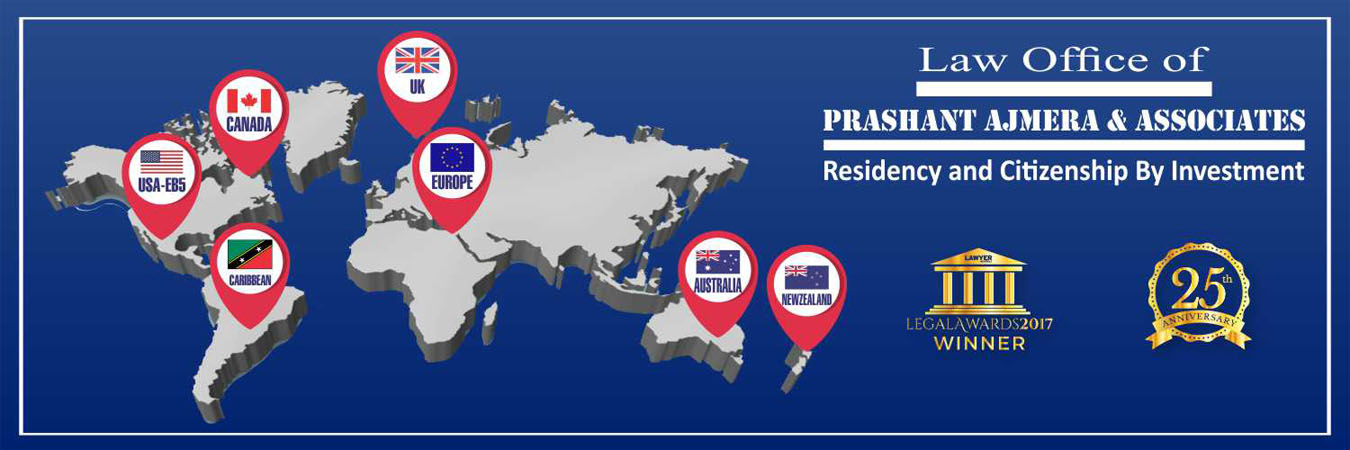In order to apply under the Start-Up Visa Program of the U.S., start-up founders need to meet the following requirements:
- Founder(s) must show themselves as entrepreneurs with a Qualifying Start-up Entity.
Evidence and supporting documents that are filed with the petition must demonstrate that –
(1) The founder(s) have a central and active role to play in the operations of a start-up entity, such that they are well-positioned, due to their knowledge, skills, or experience, to substantially assist the U.S. start-up entity with the growth and success of its business;
(2) Possess at least a 10% ownership stake in the U.S. start-up entity, and that the entity:
(a) Was recently formed (for example, created within the five years immediately preceding the filing of the petition) and has been lawfully doing business within the United States during any period of operation since its date of formation; and
(b) Has substantial potential for rapid growth and job creation, evidenced by the receipt of significant capital investment, grants, or awards.
- Substantial Investment, Grant, or Award.
Founders may be considered for entrepreneur parole if they demonstrate that their start-up entity has received a minimum investment amount or qualified award or grant as described below:
(1) The start-up entity has received a qualified investment, within 18 months immediately preceding the filing of the petition, of at least $250,000 US from one or more qualified investors;
(2) The start-up entity has received, within 18 months immediately preceding the filing of the petition, an amount of $100,000 US or more through one or more qualified government awards or grants; or
(3) If the start-up entity partially meets one or more of the above criteria, founders may still be considered for entrepreneur parole by providing other reliable and compelling evidence of the start-up entity’s substantial potential for rapid growth and job creation.
A lesser amount can be considered on a case-by-case basis if it can be shown that it is substantial.
- The investment must be from a ‘Qualified Investor’.
The term ‘qualified investor’ for purpose of entrepreneur parole means an individual who is a U.S. citizen or lawful permanent resident of the United States, or an organization that is located in the United States and operates through a legal entity organized under the laws of the United States or any state, that is majority-owned and controlled, directly and indirectly, by U.S. citizens or lawful permanent residents of the United States, provided such individual or organization regularly makes substantial investments in start-up entities that subsequently exhibit substantial growth in terms of revenue generation or job creation.
Such an individual or organization may be considered a ‘qualified investor’ if, during the preceding five years:
(1) The individual or organization has made investments in start-up entities in exchange for convertible debt or another security convertible into equity commonly used in financing transactions within their respective industries comprising a total in such 5-year period of no less than $600,000 US; and
(2) Subsequent to such investment by such individual or organization, at least 2 such entities have each created at least 5 qualified jobs or generated at least $500,000 US in revenue with average annualized revenue growth of at least 20%.
- Additional Supporting Evidence.
Additional supporting evidence concerning the start-up entity’s business, its substantial potential for rapid growth and job creation as well as the founders’ day-to-day role in the business has to be submitted.
If the start-up entity partially meets the qualified investment, government grant, or award criteria, founders may be still considered for parole by providing other reliable and compelling evidence that the start-up entity has substantial potential for rapid growth and job creation.
Such supporting evidence may include, but is not limited to, the following:
(a) Evidence of rapid growth, such as – number of users or customers, revenue generated by the start-up entity, additional investments/fundraising, including crowdfunding platforms
(b) Social impact of the start-up entity
(c) National scope of the start-up entity
(d) Positive effects on the start-up entity’s locality or region
(e) Any other reliable and compelling evidence that the start-up entity has substantial potential for rapid growth and job creation.






















